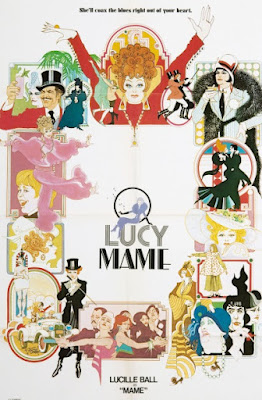Few Hollywood leading men were adept as George Sanders at playing Allied or Axis officers during WWII. Not yet established/typed as a sophisticated cad*, he’s just right here, setting up a neat situation as an outspoken opponent of Prime Minister Chamberlain’s policy of escalating appeasement. He’s soon branded a subversive, jailed for public disturbance, cashiered out of the service where he’d been Wing Commander. But his notoriety & social pariah status also offer a chance to (secretly) save his rep and serve his country in a dangerous mission as an undercover man in Berlin playing counterfeit traitor as a Nazi broadcaster while surreptitiously sending coded info back home where he’s still considered a dastardly turncoat. Alas, the setup and Sanders are the only things right in this one. His romance with disillusioned Nazi Margaret Chapman striking no sparks; her bigtime Nazi brother Onslow Stevens offering little threat; his meetings with fellow Fifth Columnist Gale Sondergaard unconvincing . . . and so on. None of this helped by a pinch-penny production @ Universal or by director Alfred E. Green’s lack of visual imagination. Easy to see what might have been, especially during a big, climatic bombing/aerial sequence at the end. A whole factory’s worth of delightful toy models taken out. Like a kid playing destruction fantasies with a deluxe set of Lionel Trains that are never making it back in the box. Maybe they should have let the Second Unit direct the whole movie.
DOUBLE-BILL/LINK: *Sanders displays his full cad credentials in REBECCA/’40 soon after the Axis sympathies of CONFESSIONS OF A NAZI SPY/’39, not long before warring against them via FOREIGN CORRESPONDENT/’40. https://maksquibs.blogspot.com/2009/11/rebecca-1940.html https://maksquibs.blogspot.com/2011/11/confessions-of-nazi-spy-1939.html https://maksquibs.blogspot.com/2015/06/foreign-correspondent-1940.html































